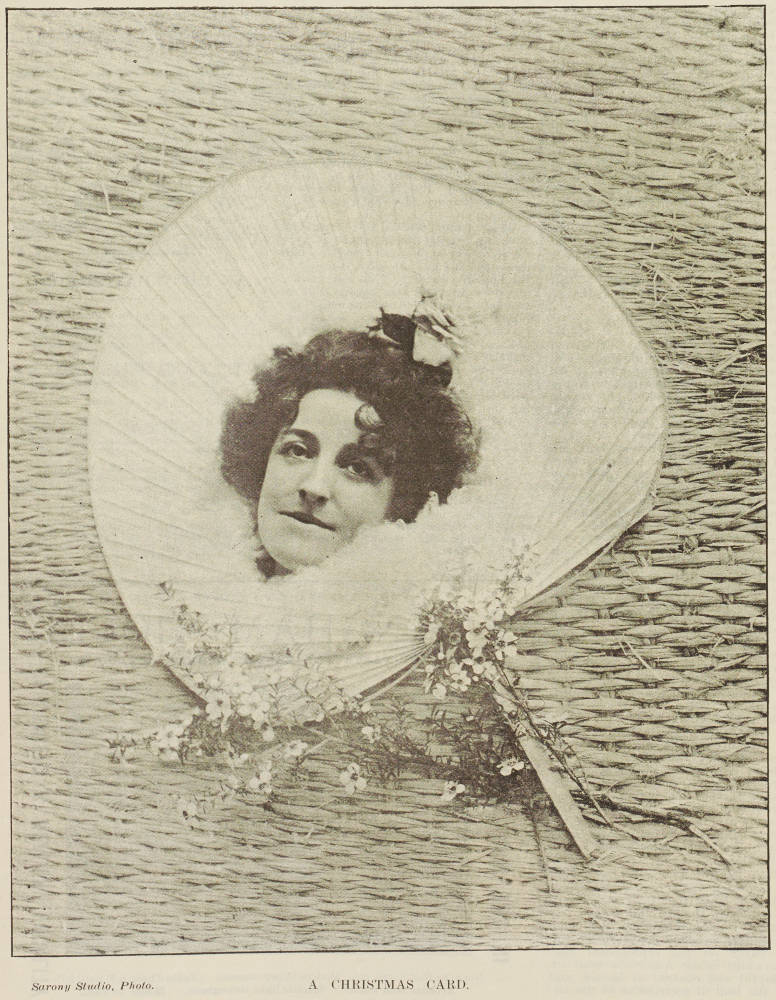As part of a Valley Profile series, MEGHAN HAWKES searches through old newspapers to bring you the stories Thames Valley locals once read about themselves.
Christmas
A Christmas Grinch in the shape of a woman imposter from Ngātea left a trail of chaos across Auckland in 1932.
In Christmas week she ran up an account with a taxi driver, and later called in a well-known surgeon, giving the name of a prominent farmer’s wife at Ngātea. After arranging for an examination, she asked the surgeon for a loan until she could communicate with her husband.
He found the name the woman gave in a phone directory, and, being assured, lent her £2 5s.
She next went to an undertaker, gave the name of another Hauraki Plains farmer, and said that her husband’s assistant had just died. She wished to arrange for the burial, she said. She described the body, gave measurements, and then borrowed £l.
She visited two other doctors, and, telling similar tales, obtained £2 5s from each. All the money was spent on drinking.
Meanwhile, in 1921, Kerepēhi school children enjoyed the rare treat at a concert which featured a Christmas tree ‘growing’ in the middle of the stage bedecked with coloured balloons and presents. It looked the exact replica of trees read about in books and needed only the presence of a Santa Claus to make the picture complete.
When Mr Booth, school committee chairman, asked if any child had not received a present, a hand immediately shot up from the back of the hall and a gruff voice said “me”.
A rather a portly gentleman, possessing not only a broad grin but a broad waistcoat, toddled to the chairman’s table and to the amusement of all received his present, a balloon and bag of sweets.
St George’s Church at Thames had a makeover in the lead up to Christmas, 1925. The steeple, which had rotted to such an alarming extent that it rocked in windy weather, was plated in zinc and iron, and the timbering strengthened.
The shuttered windows were renewed and new buttresses were constructed throughout the building.
These and many other repairs were a severe drain on church funds but parishioners responded generously to special appeals and a substantial portion of the required money was raised. The church was one of the oldest and best known in the province.
Meanwhile, the train service at Waihī meant a large number of people could get away at their own convenience for the Christmas holidays in 1905.
The Railway Department appeared confident of carrying a lot of people during the holidays as they had many reserved carriages lined up in the station yards, but the ride from Paeroa to Waihī through a three quarter mile tunnel, up a steep grade, with a small, smoky engine, was not likely to be very much enjoyed during the coming season.
Postal delays caused bewilderment in 1899. A Paeroa resident was sent a goose by railway on December 23 from Te Aroha and at the same time a postcard was sent “Meet the goose today at the railway station”.
The goose reached Paeroa in half an hour, and, being expected, was met by the Paeroa resident on the arrival of the train.
The goose was killed, plucked, cooked, and about to be eaten and digested before the postcard was delivered next morning, the 24th, although it reached Paeroa by the same train as the goose.




